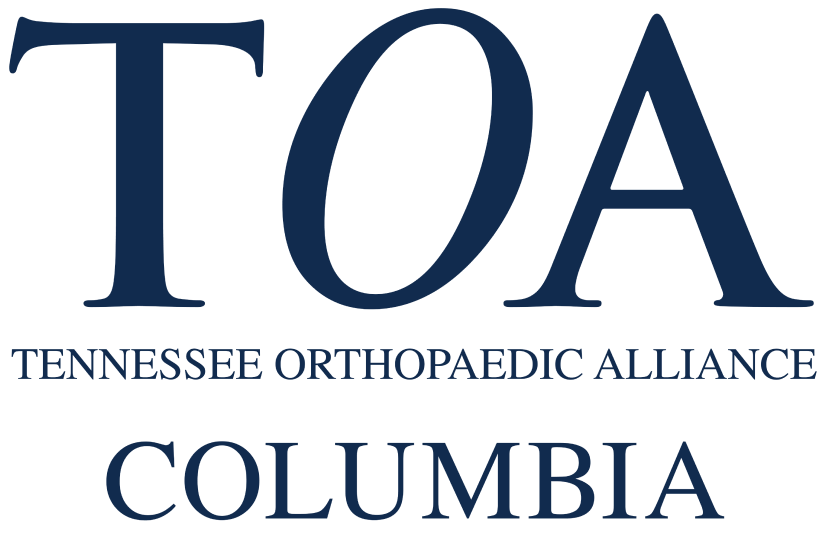Neck and low back pain are some of the most common complaints seen by orthopedic doctors. Most adults will experience neck or back discomfort at some point in their life. As our life expectancy has become much longer thanks to advances in modern medicine, this has unfortunately led to an increasing prevalence of degenerative bone and joint conditions such as degenerative disc disease (DDD). The good news is that in over 90% of cases, these conditions can be treated with conservative measures such as anti-inflammatory medications, physical therapy, and injections. Occasionally, the disease process becomes debilitating by resulting in nerve or spinal cord compression, severe pain, and mechanical instability. It is in these cases that neck or low back surgery can help restore function, relieve pain, and improve quality of life.

Traditional cervical or lumbar back surgery requires an open approach to visualize and properly treat the underlying disease. This is usually done from the back in the lumbar spine and frequently requires a large incision with muscle splitting which can be very painful after the operation. If a fusion is required, the incision is typically three to four inches or longer to allow for proper placement of instrumentation required for a fusion. Because of the size of the incision, blood loss is significant and hospital stay can be between two and four days depending on the procedure done. Recovery time is also longer since it will usually take six weeks or more for the back pain to improve in order for patients to return to daily activities and work. Despite the disadvantages of open low back surgery, it’s the safest way to perform the surgery given the great visualization it allows, and it is the gold standard by which all other procedures should be compared.
In an effort to improve recovery time, reduce post-operative pain, and shorten hospital stays, newer minimally invasive fusion techniques have been developed. One of them is the direct lateral interbody fusion (XLIF). This technique is achieved through a small incision (sometimes as small as one inch) that is made on the side of the patient rather than the back. Muscle dissection is minimal, and more of the diseased disc can be usually removed this way than with open techniques from the back. Blood loss is also very minimal. The XLIF procedure usually takes only one hour, and hospital stay is 24 hours in most patients. Numerous studies have shown the XLIF procedure to be as safe and bacterial infections traditional open back surgery, while recovery time and post-operative pain is significantly reduced. Some patients are not candidates for XLIF since access to the lowest disc level of the lumbar spine is not possible due to the pelvic bone being in the way. These patients could benefit from other minimally invasive fusion procedures such as MAS-PLIF. This innovative technique is done from the back, but due to a slight re-direction of the screw angle, the incision is reduced to one to two inches, and the muscle splitting is 50% less as compared to traditional techniques. The recovery from this procedure, just like with XLIF, is much shorter and less painful.
In addition to minimally invasive low back procedures, innovative non-fusion techniques for the cervical spine have also been developed. Anterior cervical discectomy and fusion (ACDF) is the most common neck procedure performed in the United States. Although it is a safe procedure with a great track record for relieving arm and neck pain, it often limits neck motion and leads to adjacent level disease. Patients who want to avoid a neck fusion can elect to have motion preserving procedures such as disc replacement, laminoplasty, or foraminotomy. These procedures achieve the same goal as ACDF in terms of freeing up the nerves or spinal cord while preserving normal cervical spine motion and limiting the wear and tear of the adjacent level.
Not all patients who require surgery will be candidates for minimally invasive techniques. Sometimes the open procedure is the safest route. The surgeon will make that decision after all factors have been considered while keeping patient safety in mind first. The surgeons at MTBJ have been trained and have years of experience with the minimally invasive cervical and lumbar spine procedures described above. All of these procedures have been performed at Maury Regional Medical Center in recent years with great success and high patient satisfaction.
Read more about how we treat spine and back injuries!

